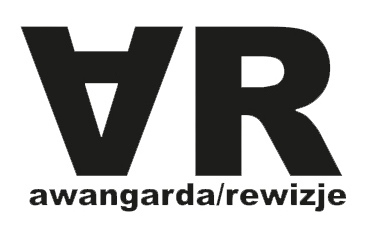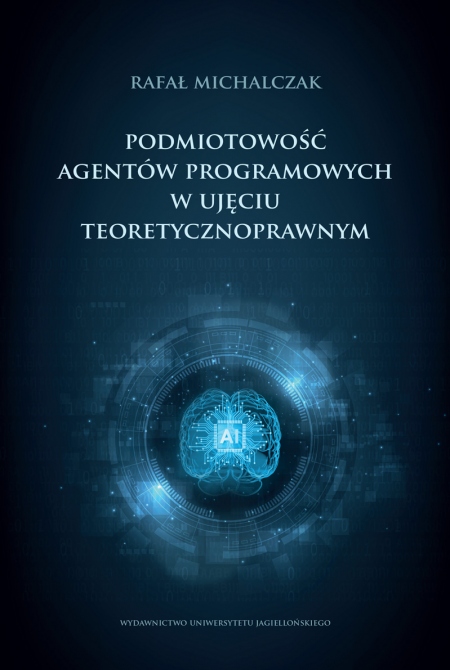
„(jednak z odniesieniem do awangardy)”
Radykalne poetyki w poezji polskiej na przełomie XX i XXI wieku
Series: Awangarda / Rewizje
Pages: 266
Book format: 15,8x23,5 cm
Publication date: 2024
Publication date: 07.10.2024
Book description
This book was inspired by a double fascination. First and foremost, many avant-garde and neo-avant-garde artistic activities – the subject of interest here becomes both the radical projects of the long twentieth century (e.g., Marcel Duchamp, Max Ernst, John Cage) and the literary practices of Polish poets and poetesses of the turn of the twentieth and twenty-first centuries (Andrzej Sosnowski’s and Zenon Fajfer’s work are at the centre of the book, but it is also engaged in the discussion about Zbigniew Sajnóg’s, Robert Tekieli’s, Eugeniusz Tkaczyszyn-Dycki’s, Krystyna Miłobędzka’s, Joanna Mueller’s, Piotr Sobolczyk’s, Aneta Kamińska’ and Marcin Pryt’s poetry books). This fascination also came from an undisguised admiration for the incredible meticulousness of much research into avant-garde poetry – in this sense, this book is almost equally about the indebtedness of many research practices (led by Marjorie Perloff’s tireless interpretation of radical poetics).
You can see a photograph of one of the more than 300 copies of Marcel Duchamp’s La Boîte-en-valise on the cover of Sascha Bru’s book titled The European Avant-Gardes, a great guide to the work of the artists of the Great Avant-garde (the artist had been creating his portable museums since 1936, in case the war had consumed everything non-transferable). Could a book on the “richness of the avant-gardes”, on the complex patterns of the European avant-gardes, be composed after almost a century other than in the likeness of such a portable, miniature museum?
You can see a photograph of one of the more than 300 copies of Marcel Duchamp’s La Boîte-en-valise on the cover of Sascha Bru’s book titled The European Avant-Gardes, a great guide to the work of the artists of the Great Avant-garde (the artist had been creating his portable museums since 1936, in case the war had consumed everything non-transferable). Could a book on the “richness of the avant-gardes”, on the complex patterns of the European avant-gardes, be composed after almost a century other than in the likeness of such a portable, miniature museum?
Language
Polish
Title in English
„with reference to avant-garde, even”. Radical Poetics in Polish Poetry at the Turn of the 20th and 21st Century
Edition
first
Authors
Tomasz Cieślak-Sokołowski

Cover design
Anna Sadowska
ISBN: 978-83-233-5397-3
e-ISBN (pdf): 978-83-233-7578-4
Country of producer: Poland
RECOMMENDED BOOKS
NEW BOOKS

„(jednak z odniesieniem do awangardy)”
Radykalne poetyki w poezji polskiej na przełomie XX i XXI wieku
„(jednak z odniesieniem do awangardy)”
Radykalne poetyki w poezji polskiej na przełomie XX i XXI wieku
Choose chapters to buy:
Order value:
0.00 zł
























